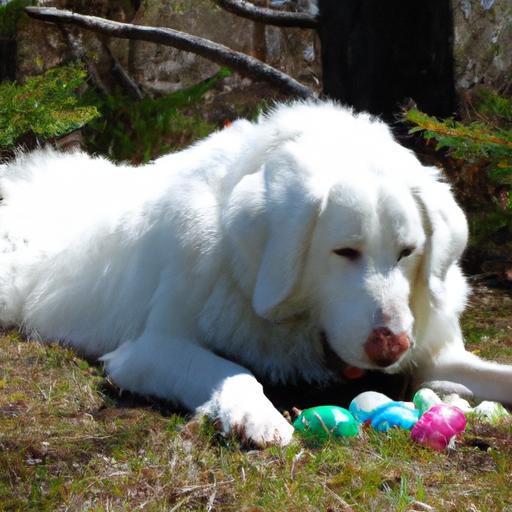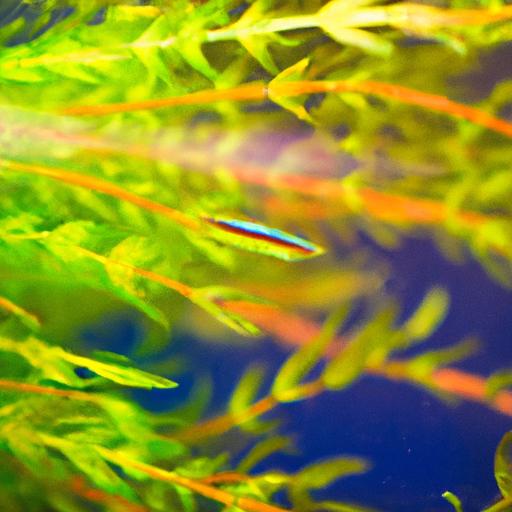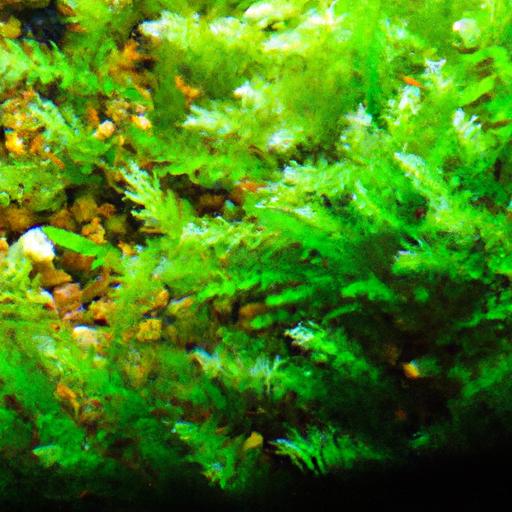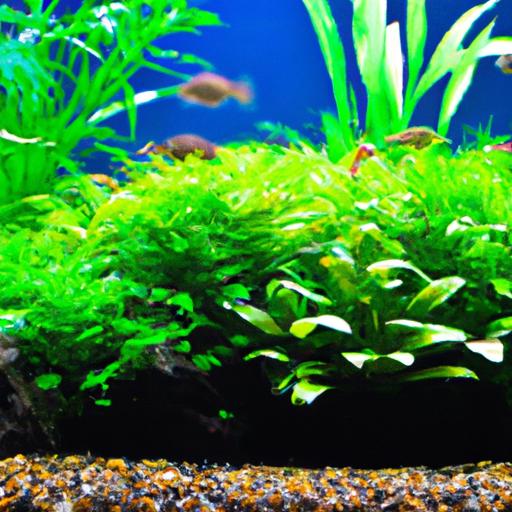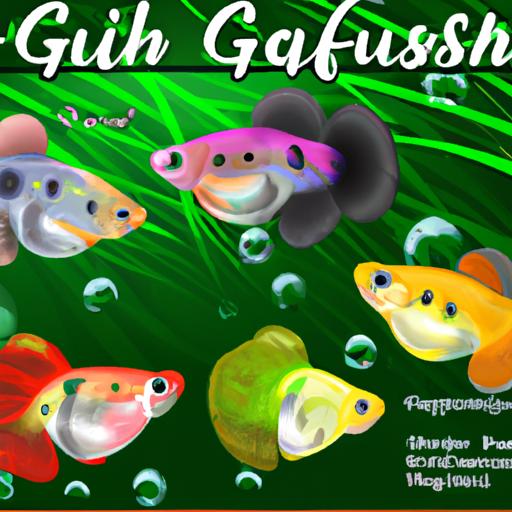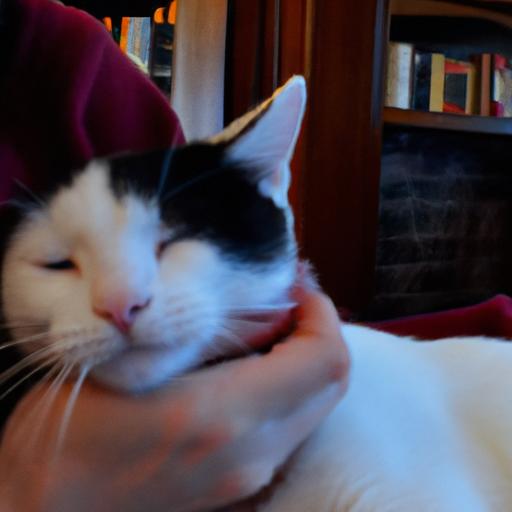
Cat Behavior: The Significance of Purring
Discover the significance of purring in cat behavior. Understand why cats purr, its healing benefits, and answers to commonly asked questions.
Introduction
Have you ever wondered why your feline friend purrs? Cat behavior is a fascinating subject that helps us understand our furry companions better. In this article, we will delve into the significance of purring and unravel the mysteries behind this unique behavior.
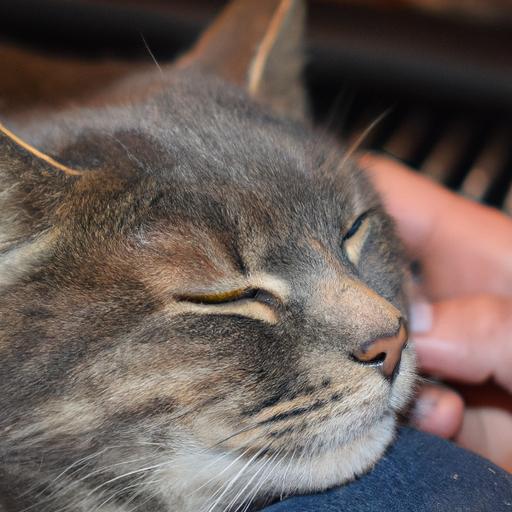
Understanding Cat Purring
The Melodic Language of Contentment
When your cat curls up in your lap and starts purring, it’s a clear indication of their contentment. Purring is often associated with a relaxed and happy state in cats. It’s their way of expressing comfort and satisfaction with their surroundings. The rhythmic vibrations produced during purring create a soothing effect, both for the cat and its human companions.
Communication Through Purring
Purring is not just a self-gratifying behavior; it is also a means of communication for cats. They use purring to establish a connection with their owners and fellow felines. It serves as a gentle invitation for social interaction, demonstrating their trust and desire for companionship.
The Healing Power of Purring
Did you know that purring has potential healing properties? Scientific studies suggest that the low-frequency vibrations produced during purring can stimulate bone and tissue regeneration, aiding in the healing process. Purring has also been associated with a reduction in stress, lowering blood pressure, and promoting relaxation in both cats and humans.
Frequently Asked Questions about Cat Purring
Why do cats purr when they’re in pain?
It’s a common misconception that cats only purr when they’re happy. In reality, cats may also purr when they’re experiencing pain or discomfort. Purring serves as a self-soothing mechanism, helping cats cope with stress or alleviate discomfort. So, if your cat is purring while injured or unwell, it doesn’t necessarily mean they’re feeling fine. It could be their way of seeking comfort during challenging times.
Can all cats purr?
Most domestic cats have the ability to purr, but interestingly, not all cats can. Purring is primarily attributed to the structure of the cat’s larynx and diaphragm. While domestic cats, including breeds like Persian and Siamese, are known to be proficient purrers, larger cats such as lions and tigers cannot purr due to differences in their anatomy. Instead, they produce deep vocalizations known as roars.
Conclusion
In conclusion, purring holds significant meaning in the world of cat behavior. It serves as a melodic language of contentment, a means of communication, and even possesses potential healing properties. Understanding the significance of purring allows us to forge stronger bonds with our feline companions and provide them with the care they deserve.
So, the next time your cat curls up beside you and starts purring, take a moment to appreciate the beauty and depth of this remarkable behavior. It’s their way of expressing their happiness, seeking solace, and inviting you into their world of feline communication. Embrace the significance of purring, and you’ll unlock a deeper understanding of your beloved feline friend.














